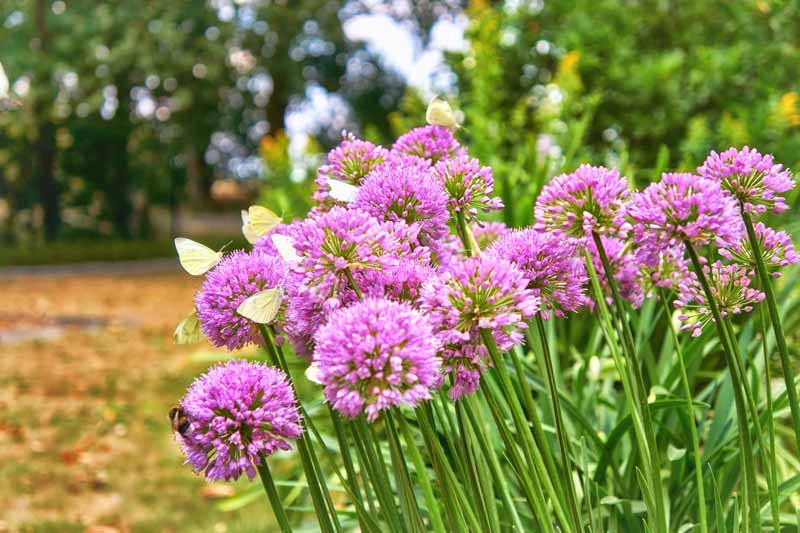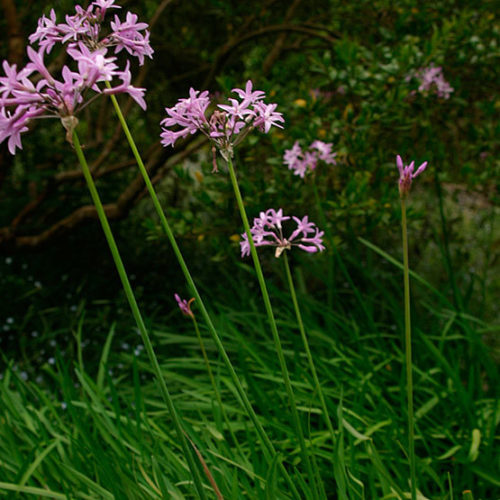Agapanthus Treatment Tips for Lush and Vibrant Flowers
Agapanthus Treatment Tips for Lush and Vibrant Flowers
Blog Article
Grasping the Art of Agapanthus Treatment: Necessary Actions for Healthy Growth and Vibrant Flowers
In the world of horticulture, the growing of agapanthus stands as a gratifying venture for those who look for to support these classy blooming plants. With their striking blooms and stylish foliage, agapanthus has recorded the interest of gardeners worldwide. Nonetheless, attaining ideal growth and vibrant blossoms requires a nuanced approach that encompasses different essential steps. From picking the right selection to mastering trimming methods, the journey towards growing thriving agapanthus plants is diverse and holds the vital to unlocking the complete capacity of these botanical treasures.

Picking the Right Agapanthus Variety

When selecting the best Agapanthus variety for your garden, take into consideration aspects such as climate viability, blossom shade, and development practice. Agapanthus, commonly referred to as Lily of the Nile or African lily, can be found in a range of colors varying from tones of purple and blue to white. Select a bloom color that enhances your existing garden palette to develop an unified landscape. Furthermore, take into consideration the climate in your region to make sure the Agapanthus range you pick can thrive in your details problems. Some ranges are much more forgiving of cool temperature levels, while others favor warmer environments. Recognizing the development behavior of different Agapanthus ranges is vital for proper placement within your yard. Some ranges have a clumping growth practice, ideal for containers or boundaries, while others have an even more dispersing nature, ideal for ground cover or mass growings. By carefully evaluating these factors, you can select the perfect Agapanthus range to improve the beauty of your garden.
Ideal Planting Problems
Thinking about the optimum ecological requirements is crucial for successful Agapanthus farming. Agapanthus grows in well-draining soil with a somewhat acidic to neutral pH degree. When planting, select an area that obtains full sunlight to partial color. In hotter environments, giving some afternoon color can stop scorching of the leaves. Agapanthus plants are delicate to cool temperatures and ought to be safeguarded from frost throughout cold weather.
To ensure healthy development and dynamic blooms, plant Agapanthus bulbs at a depth of regarding 2-4 inches and room them 8-12 inches apart. Including organic matter, such as compost, to the soil can enhance water drainage and fertility, advertising robust root development. Mulching around the base of the plants assists maintain dampness and subdues weed development. Routine watering is vital, specifically during the growing season, to keep the soil regularly damp however not saturated.
Watering and Feeding Tips
Maintaining correct moisture degrees and offering important nutrients more tips here are key aspects in the treatment program for Agapanthus plants. When it comes to sprinkling Agapanthus, it is critical to strike a balance. These plants like constantly damp soil but are article prone to root rot if overwatered.
Fertilizing Agapanthus is necessary for promoting healthy development and prolific blooms. Use a balanced plant food, such as a 10-10-10 formula, in the early springtime as brand-new development arises. By adhering to these watering and feeding pointers, you can guarantee your Agapanthus plants flourish and produce vivid, durable flowers.
Trimming Strategies for Agapanthus
Trimming Agapanthus plants at the proper times and with proper methods is essential for keeping their wellness and advertising ideal growth and flowering. The ideal time to prune Agapanthus is in late winter months or very early springtime prior to new development arises.
Deadheading spent flowers can additionally redirect the plant's power into generating even more flowers rather than establishing seeds. If you want to collect seeds for propagation, leave some blossoms to mature and dry on the plant.
Remember to use tidy, sharp tools to make precise cuts and minimize the danger of introducing conditions. Agapanthus. Routine trimming will certainly help maintain your Agapanthus looking neat and healthy and balanced while ensuring a plentiful display of attractive flowers
Managing Typical Bugs and Diseases
After ensuring correct pruning techniques for Agapanthus, it is important to attend to typical insects and conditions that can affect the health and vigor of these plants. Agapanthus plants are typically sturdy however can still come down with specific issues. One common insect that influences Agapanthus is the Agapanthus gall midget. This tiny, orange fly lays its eggs in the vegetation, bring about distorted development and flower buds that fall short to open. To combat this pest, trim and destroy any type of afflicted plant components and consider utilizing insecticidal soap.
Additionally, Agapanthus plants can experience from origin rot if they are grown in inadequately draining soil. By being watchful and taking timely action against pests and illness, you can assist your Agapanthus plants flourish and create lively blossoms. Agapanthus.

Conclusion
Finally, mastering the art of agapanthus treatment involves choosing the best selection, offering ideal growing conditions, proper watering and fertilizing, suitable pruning methods, and attending to common bugs and diseases. By adhering to these crucial actions, you can make certain healthy development and dynamic blooms for your agapanthus plants. Keep in mind to on a regular basis check and preserve your plants to promote their overall well-being and long life.
To make certain healthy development and vivid blooms, plant Agapanthus light bulbs at a deepness of about 2-4 inches and blog space them 8-12 inches apart. By adhering to these watering and feeding ideas, you can ensure your Agapanthus plants flourish and generate vibrant, long-lasting flowers.
One common bug that impacts Agapanthus is the Agapanthus gall midget. In addition, Agapanthus plants can suffer from root rot if they are grown in badly draining pipes soil. By adhering to these important actions, you can ensure healthy and balanced development and dynamic flowers for your agapanthus plants.
Report this page